50+ Sample Payment Schedules
-

Financial Aid and Payment Schedule
download now -

Vendor Payment Schedule
download now -
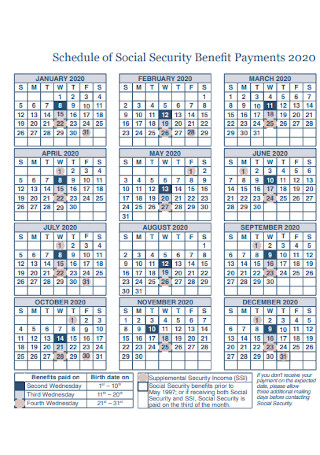
Social Security Payments Schedule
download now -
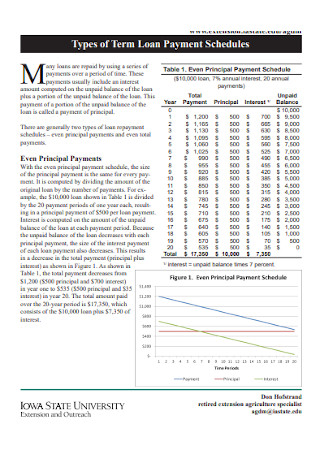
Loan Payment Schedules
download now -
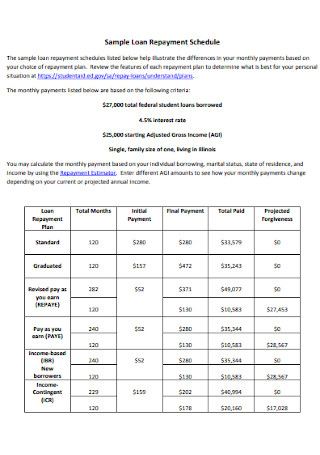
Sample Loan Repayment Schedule
download now -
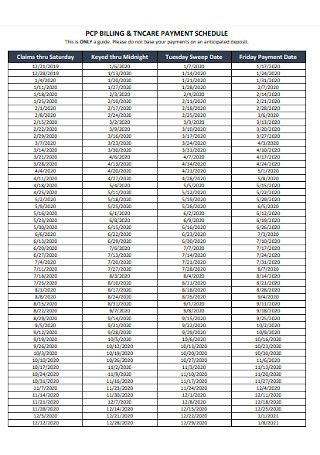
Payment Billing Schedule
download now -
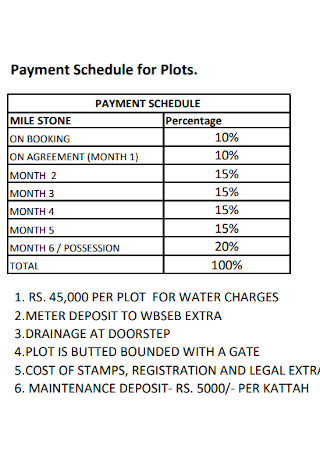
Payment Schedule for Plots
download now -
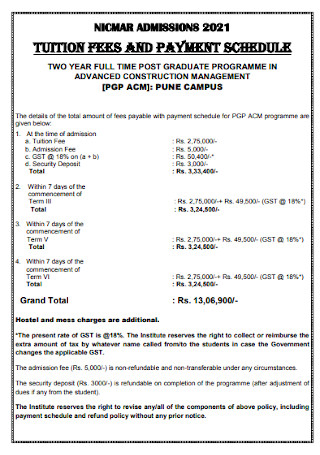
Tution Fees Payment Schedule
download now -
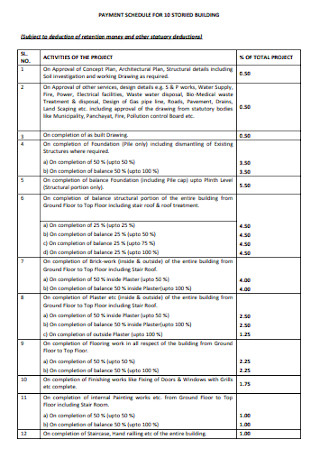
payment Schedule for Building
download now -
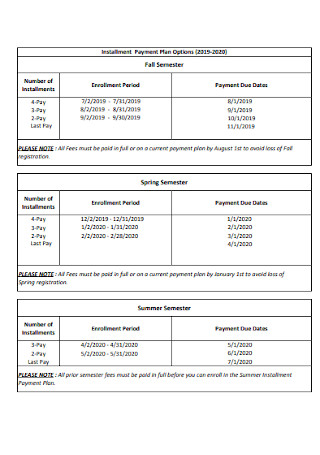
Installment Payment Plan Schedule
download now -
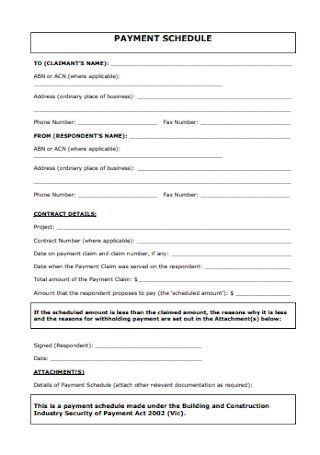
Basic Payment Schedule Template
download now -
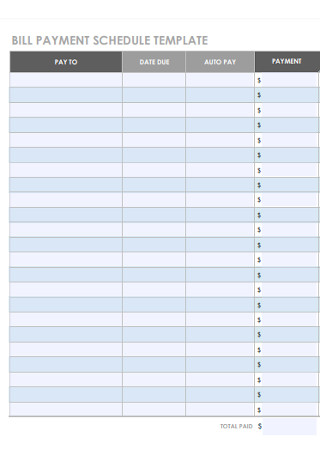
Bill Payment Schedule Template
download now -
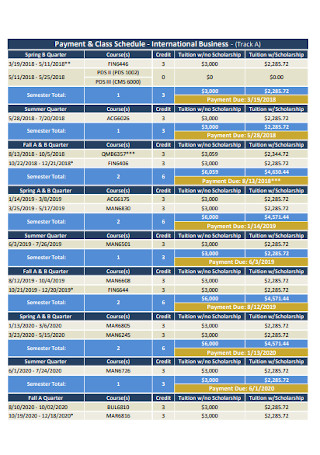
Payment and Class Schedule
download now -
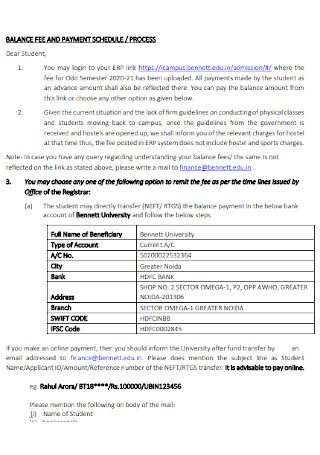
Balance Fee and Payment Schedule
download now -
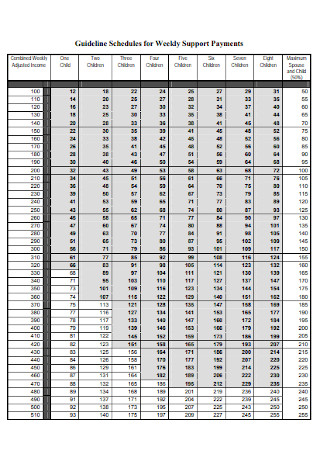
Weekly Payment Schedule
download now -
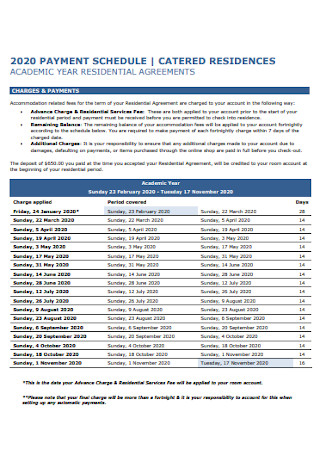
Academic Payment Schedule Template
download now -
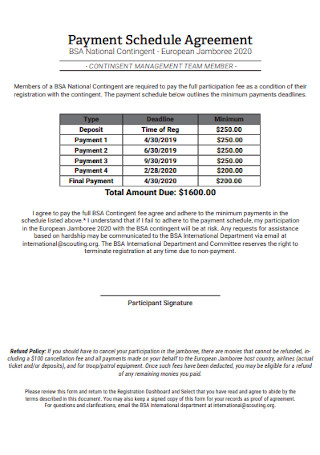
Payment Schedule Agreement Template
download now -
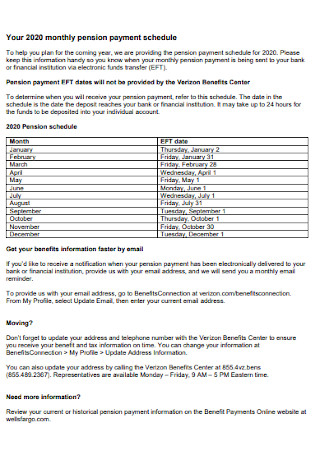
Monthly Pension Payment Schedule
download now -
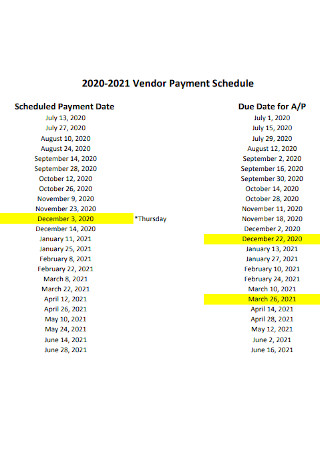
Vendor Payment Schedules
download now -
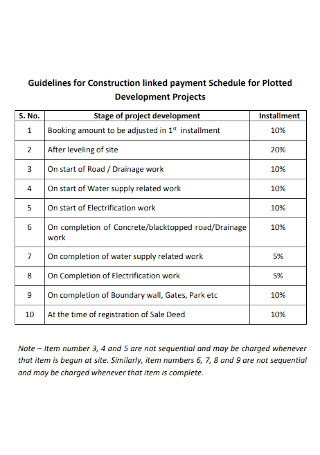
Project Payment Schedule Template
download now -
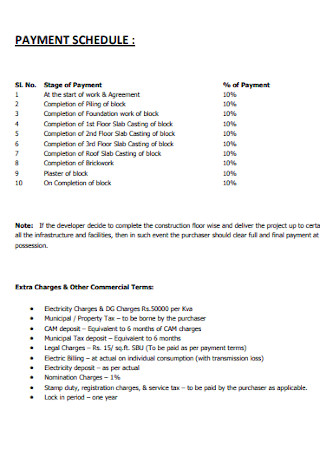
Simple Payment Schedule Template
download now -
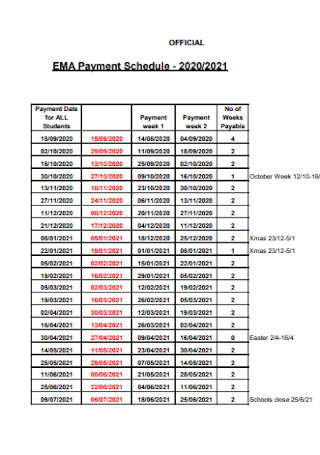
Official Payment Schedule
download now -
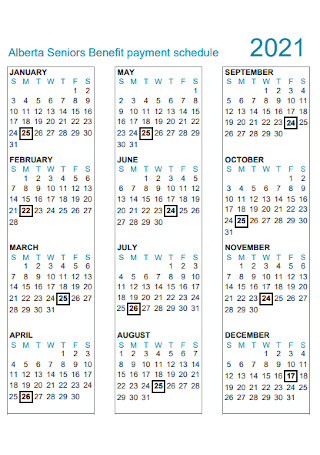
Seniors Benefit Payment Schedule
download now -

Claims Payment Schedule
download now -

Installment Payment Schedule Template
download now -
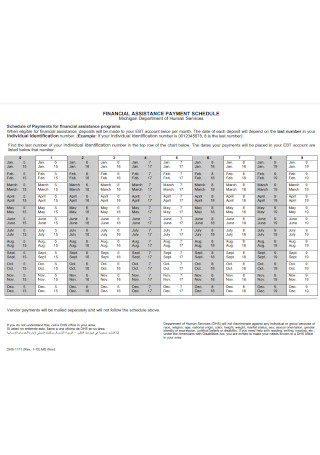
Financial Assistance Payment Schedule
download now -
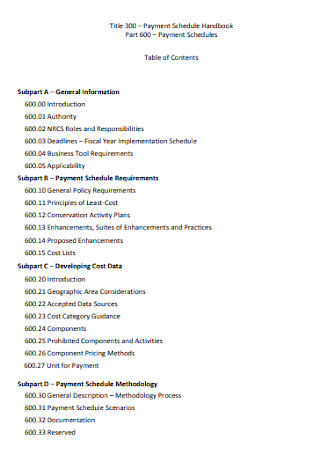
Payment Schedule Handbook Template
download now -
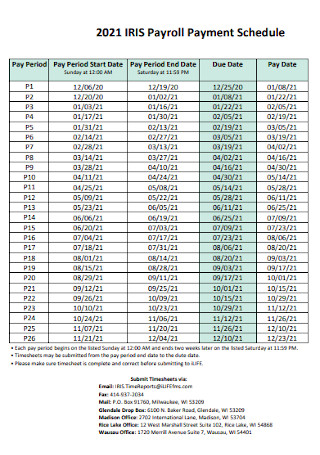
Payroll Payment Schedule
download now -
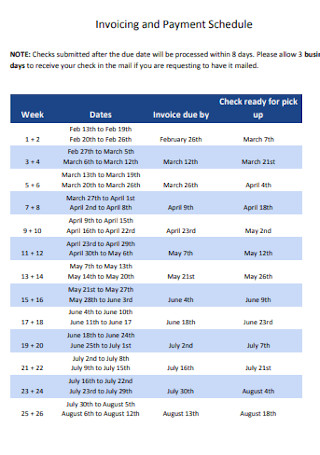
Invoicing and Payment Schedule
download now -
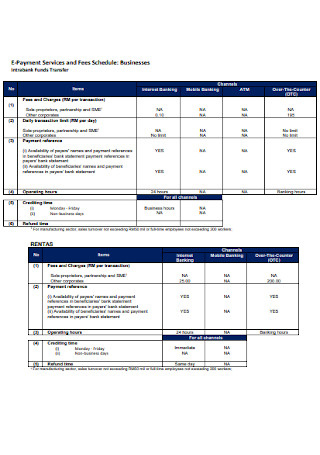
Payment Services and Fees Schedule
download now -
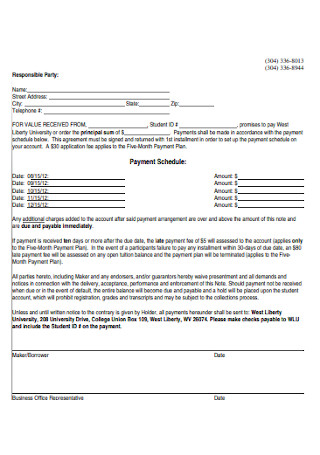
College Payment Schedule Template
download now -
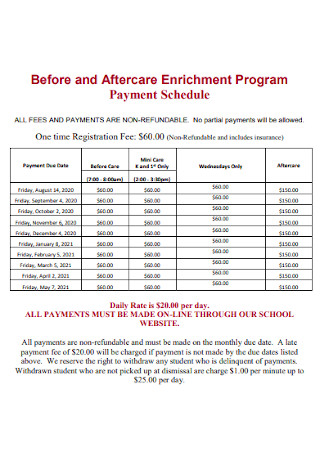
Program Payment Schedule
download now -
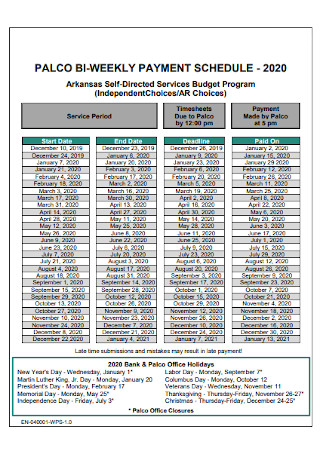
Weekly Payment Schedule
download now -
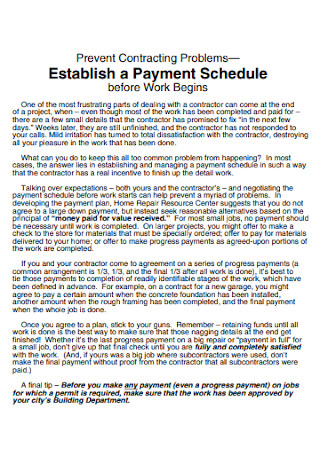
Contracting Payment Schedule
download now -
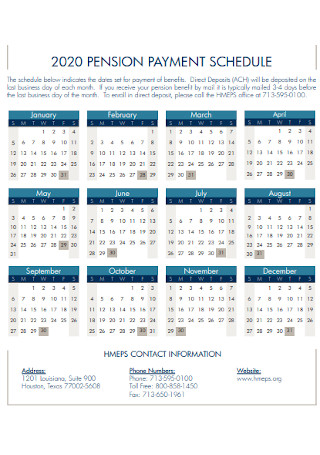
Sample Pension Payment Schedule
download now -
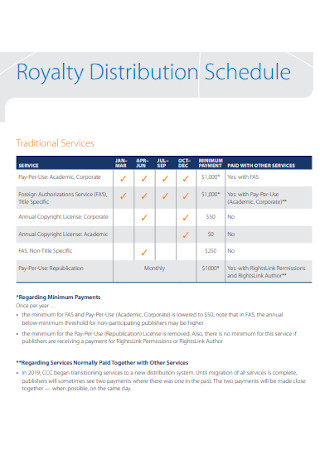
Royalty Distribution Schedule
download now -
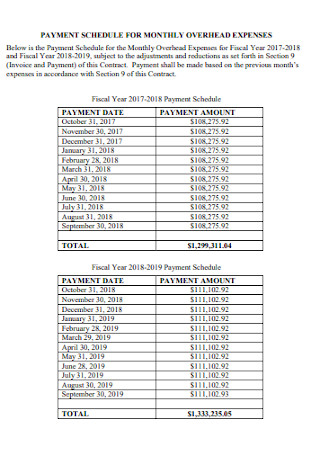
Payment Schedule for Monthly Expenses
download now -
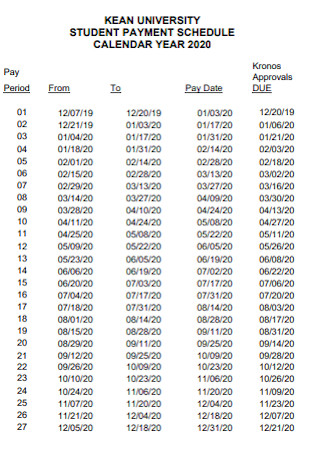
Student Payment Schedule Template
download now -
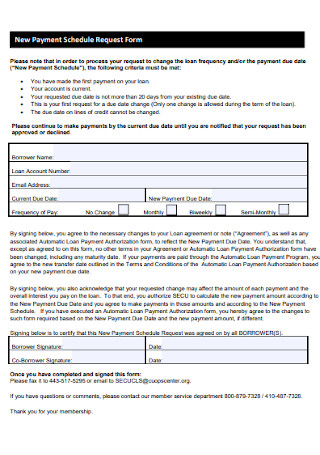
New Payment Schedule Request Form
download now -
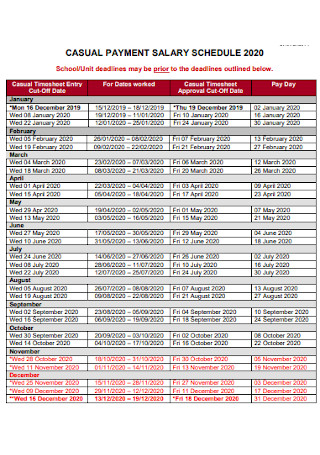
Casual Payment Salary Schedule
download now -
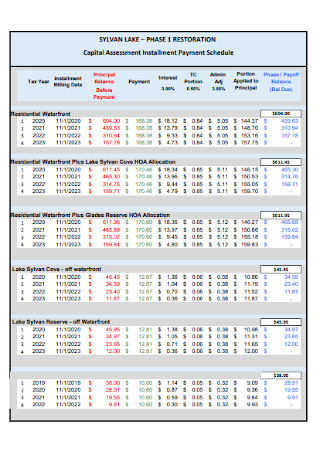
Capital Installment Payment Schedule
download now -
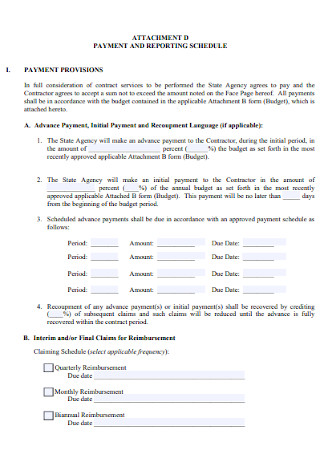
Payment and Reporting Schedule
download now -

Housing Benefit Payment Schedule
download now -

Payment Schedule of Apartments
download now -
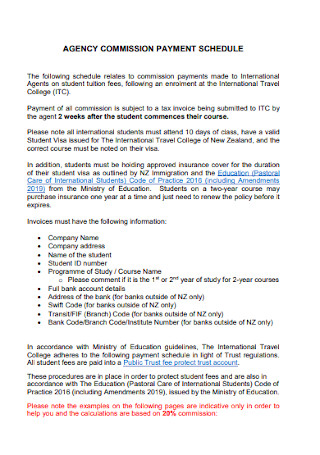
Agency Commission Payment Schedule
download now -

Holiday and Benefit Payment Schedule
download now -
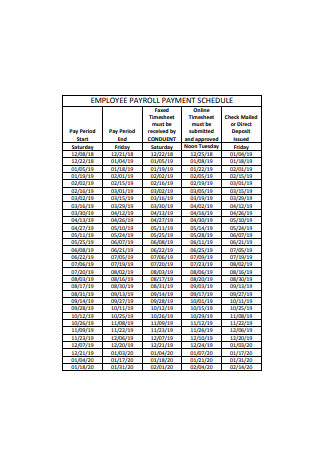
Employee Payroll Payment Form
download now -

Cherry Sheet Payment Schedule
download now -
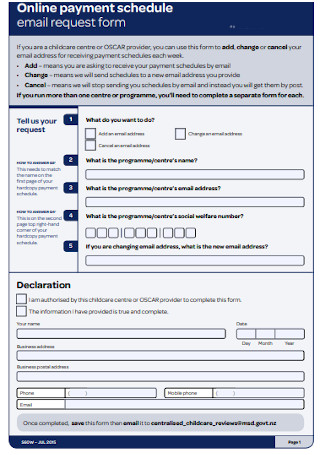
Online Payment Schedule
download now -
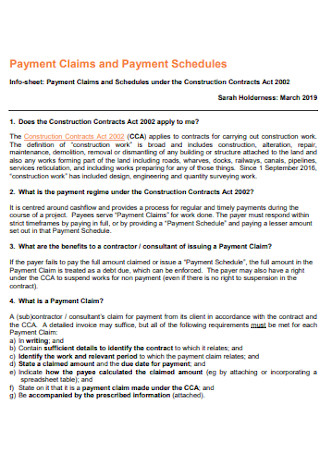
Payment Claims and Payment Schedules
download now
FREE Payment Schedule s to Download
50+ Sample Payment Schedules
What Is a Payment Schedule?
Why Are Payment Schedules Important?
The Basic Elements of a Payment Schedule
How to Make an Optimum Payment Schedule
FAQs
Who can be the parties involved in a payment schedule?
Is an amortization schedule the same as a payment schedule?
What is the expected leading payment instrument in 2022?
What does it mean when a payment is scheduled?
What Is a Payment Schedule?
A payment schedule is a detailed document or spreadsheet that sets expectations between a buyer and a seller regarding a transaction. When a payment plan is set, the payment schedule clarifies how much must be paid per date as well as the deadline of each payment. Often used for timely bill payments and installment payments, a payment schedule is an essential financial instrument to ensure payments are collected according to the planned dates.
According to Statista’s research survey, 67% of respondents preferred account-to-account transfer payments as the top payment instrument for the year 2022.
Why Are Payment Schedules Important?
There are various reasons that prove just how essential it is to make payment schedules. And here are some of the most notable facts you should know in valuing payment schedules:
To Maintain Business Expenses
As discussed in the introductory statement earlier, late payments may lead to a domino effect that the business would suffer as more clients fail to pay on time. Don’t ever sacrifice your business expenses by allowing customers to continue making late payments; some transactions may end up forgotten if you keep that up. Without the customers’ payments, you might find it hard to pay your company employees and other monthly business fees.
To Improve Professional Relationships
Since payment schedules and invoice templates are there to remind both parties of a transaction regarding payments and their corresponding dates, that means professional relationships also improve. Not only will sellers and customers have a better relationship but also between sellers and suppliers, as well as other stakeholders. And this is the kind of relationship you want to maintain rather than an unhealthy one that would eventually lead to losing loyal customers and suppliers.
To Clarify Expectations
Like a detailed letter, a single payment schedule contains many crucial details. These details involve the expectations between clients and sellers. From the payment date, payment amount, payment frequency, and other elements of the schedule, all of which would lead to an agreement so both parties are aware of what to expect from each other.
To Set Deadlines for All Sorts of Business
Indeed, setting deadlines is standard when it comes to payment schedules, particularly on the start date and end date section. But what you should know is that payment schedules are also very versatile when it comes to what type of businesses require them. Any kind of business, whether you run real estate, construction, interior design, and other examples, can benefit from a payment schedule prepared for clients.
To Provide Documentation
Don’t forget that a payment schedule is a critical business document since it lays out payment plan details between sellers and customers. So if ever things don’t end well between parties and litigation is your next action, use the official payment schedule as evidence in court. At least the payment schedule specifies the data regarding transactions and their dates clearly compared to only believing in spoken words.
The Basic Elements of a Payment Schedule
While a payment schedule’s definition and purpose are clear, it helps to familiarize the anatomy of this financial instrument too. And even if the type of business you run differs from various examples out there, the common denominator of each payment schedule is they have the following elements:
How to Make an Optimum Payment Schedule
Planning to create a progressive payment schedule is a good sign to be responsible for your future business transactions. And in order to make a payment schedule that actually pays off, you simply need these quick steps as your reference:
Step 1: Study the Payment Plan
Remember that there is no one type of payment schedule that works for every business. It should be customized according to the agreed expectations between your business and customers as well as what’s written in the payment plan agreement. For example, you are expected to write every day and month of the year when you plan to make a daily payment schedule. With that said, learn what works for your business transaction so it gets easier to format the schedule later on.
Step 2: Personalize a Payment Schedule Sample
Check out Sample.net’s collection of free premade payment schedule samples enlisted in this post. Then, select your favorite template to work on until you may edit the content, layout, and details inside. These professionally made samples save you from the hassle of making payment schedules from scratch. Simply edit the content and add what’s necessary. Also, you may check out other related samples such as amortization schedules and payroll schedules.
Step 3: Insert the Elements of a Payment Schedule
You already know what the standard payment schedule elements are such as the payment schedule title, payment frequency, payment amount, payment method, and so much more. Be sure the elements discussed before are brought to life in the template you are customizing. You can even incorporate more elements into the payment schedule such as a budget checklist or the personal details of who you are transacting with.
Step 4: Regularly Update the Schedule and Inform the Clients
Once you’re done editing, produce the payment schedule whether in print or a soft copy such as a payment schedule email. Then, update the schedule on a regular basis because you would need to track if payments were collected, payments arrived before the deadline, and define the status if a transaction is ongoing or not. And most importantly, inform the clients about what they must know regarding the payment schedule, such as a payment reminder once their payment is nearly due.
FAQs
Who can be the parties involved in a payment schedule?
The parties of a payment schedule can be anyone involved in the transaction itself may it be a seller, customer, creditor, contractor, investor, lender, or any other stakeholder.
Is an amortization schedule the same as a payment schedule?
Every amortization schedule is a payment schedule but not every payment schedule is called an amortization schedule; amortization schedules are more detailed in breaking down payments including the principal, interest, and more when compared to a payment schedule.
What is the expected leading payment instrument in 2022?
Statista reported that 67% of respondents predicted that account-to-account transfers are the top payment method in 2022.
What does it mean when a payment is scheduled?
It means you are expected to pay on a gradual basis and you must follow the dates mentioned in the payment schedule until the payment is complete and you won’t be late for the due date.
Always keep track of financial records accurately and professionally in your business. And a payment schedule is just one of the many significant records to manage timely payments and business transactions without hassle. Thankfully, being organized especially for a large number of payments is manageable when you use sample payment schedule templates in the process, as posted in this article. Download now!
